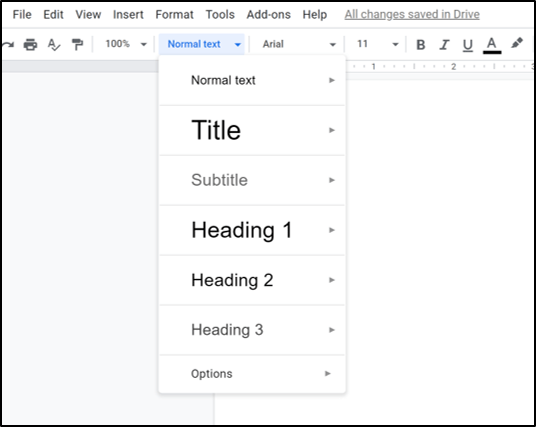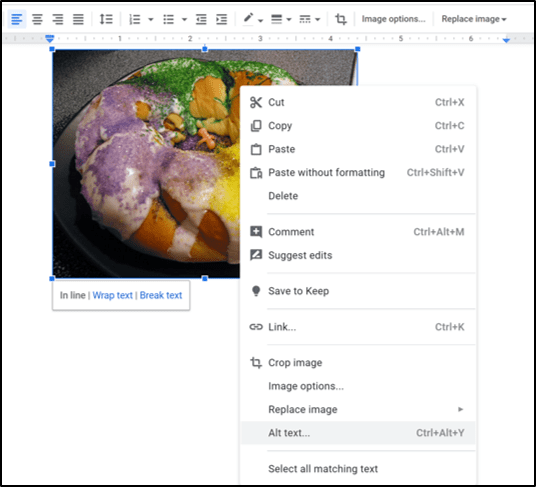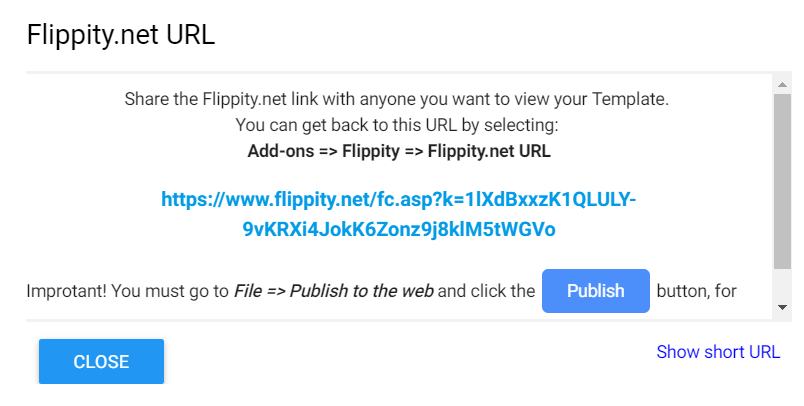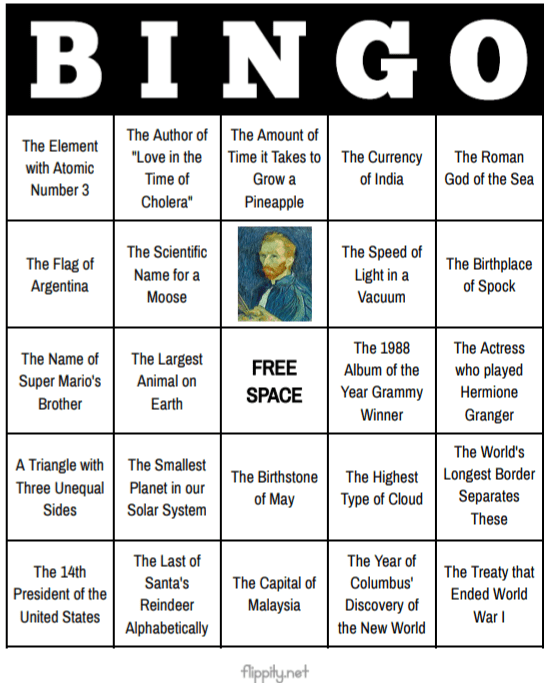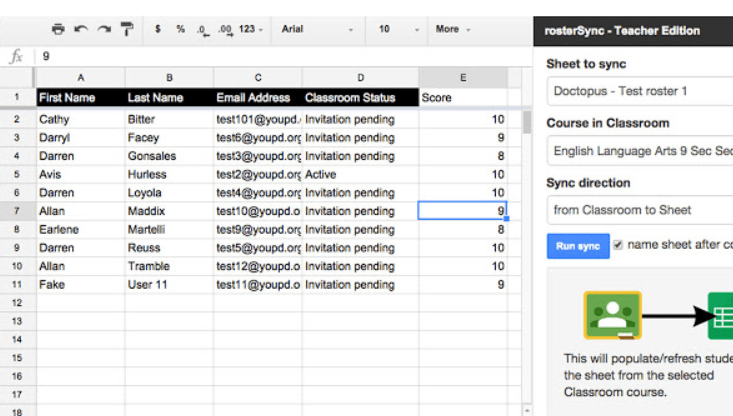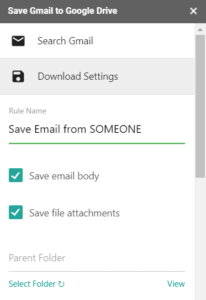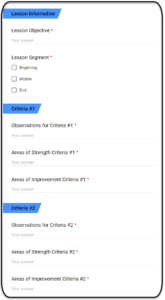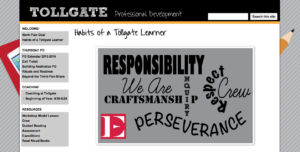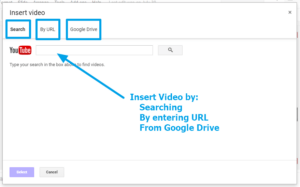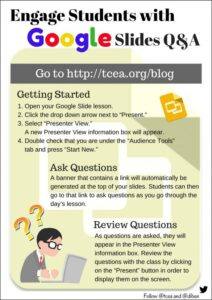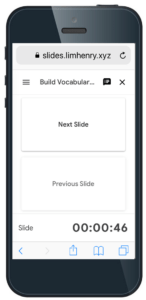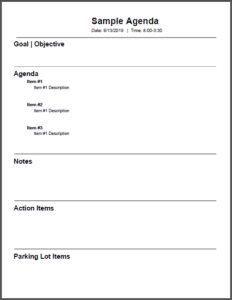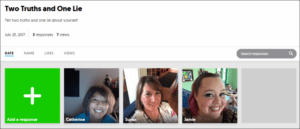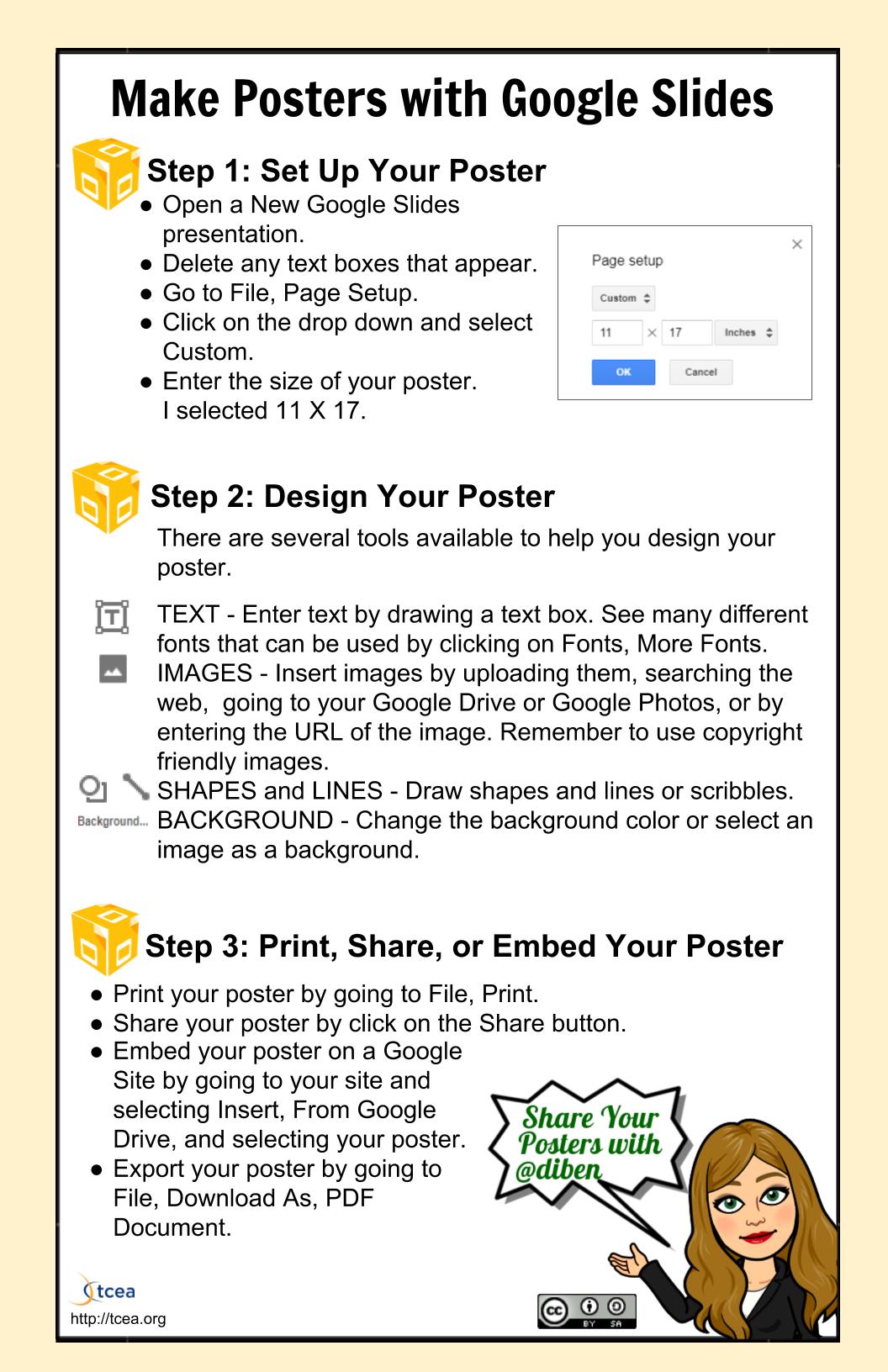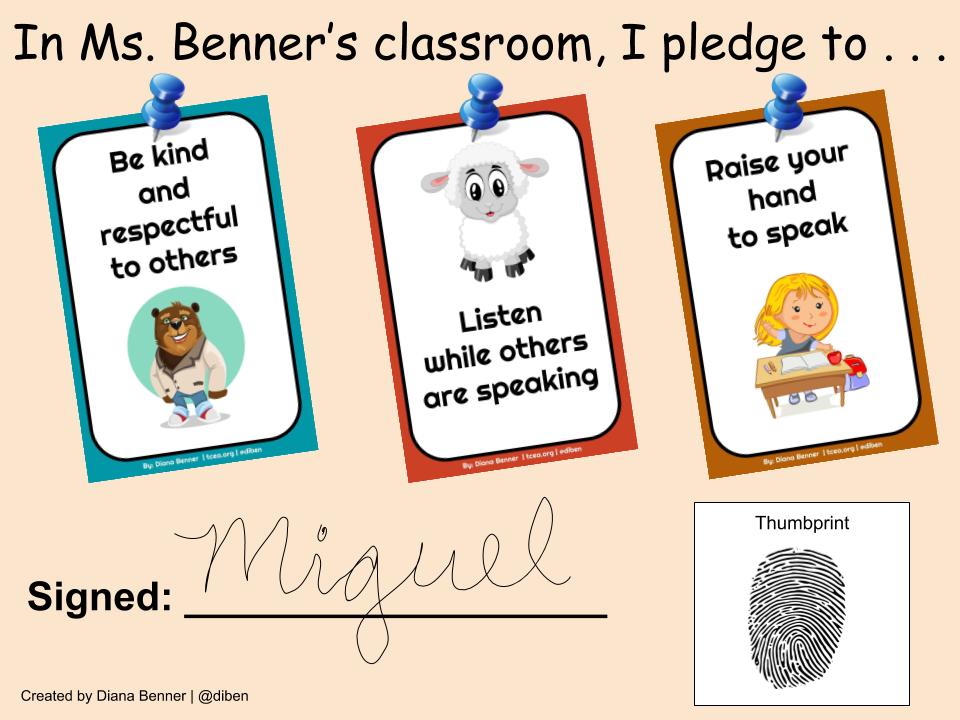Paper slides are a powerful yet simple, low-tech way to integrate video into your classroom. Just like the name implies, it involves the sliding of papers to create a movie. Students create paper slides on good old white paper. Then they slide them across while someone videos it. It is definitely an engaging way to have students demonstrate their knowledge in any subject area and any grade level. In addition, you are emphasizing important skills such as communication, collaboration, critical thinking, and creativity.
Materials Needed
The great thing about paper slides is that you don’t need a lot of materials. All you need is:
- Blank white paper
- Crayons or markers
- A device that can record video (like a cell phone)
Classroom Ideas
While the possibilities for using paper slide videos in the classroom are endless, below are few ideas to help you get started:
- Reading – Students break down the elements of a story, for example character, setting, conflict, plot, and theme.
- Math – Students show each step in an equation or problem while they explain it.
- Science – Students show different parts of a cell or stages of the water cycle.
- Writing- Students show each stage in their writing process to show how they brainstormed, drafted, revised, edited, and published a piece.
- Social Studies – Students create a timeline of a historical event or create political cartoons.
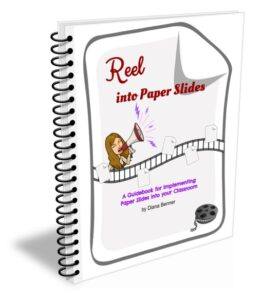 eBook
eBook
For more classroom ideas and best practices for implementation, download the Reel into Paper Slides eBook. You will even find a concept map to help with brainstorming and a grading rubric you can use to clarify expectations. Download it now!
And, if you want to see some examples created by teachers, you can check them out here.

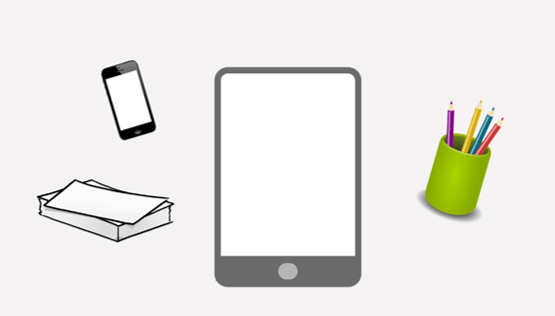
 eBook
eBook